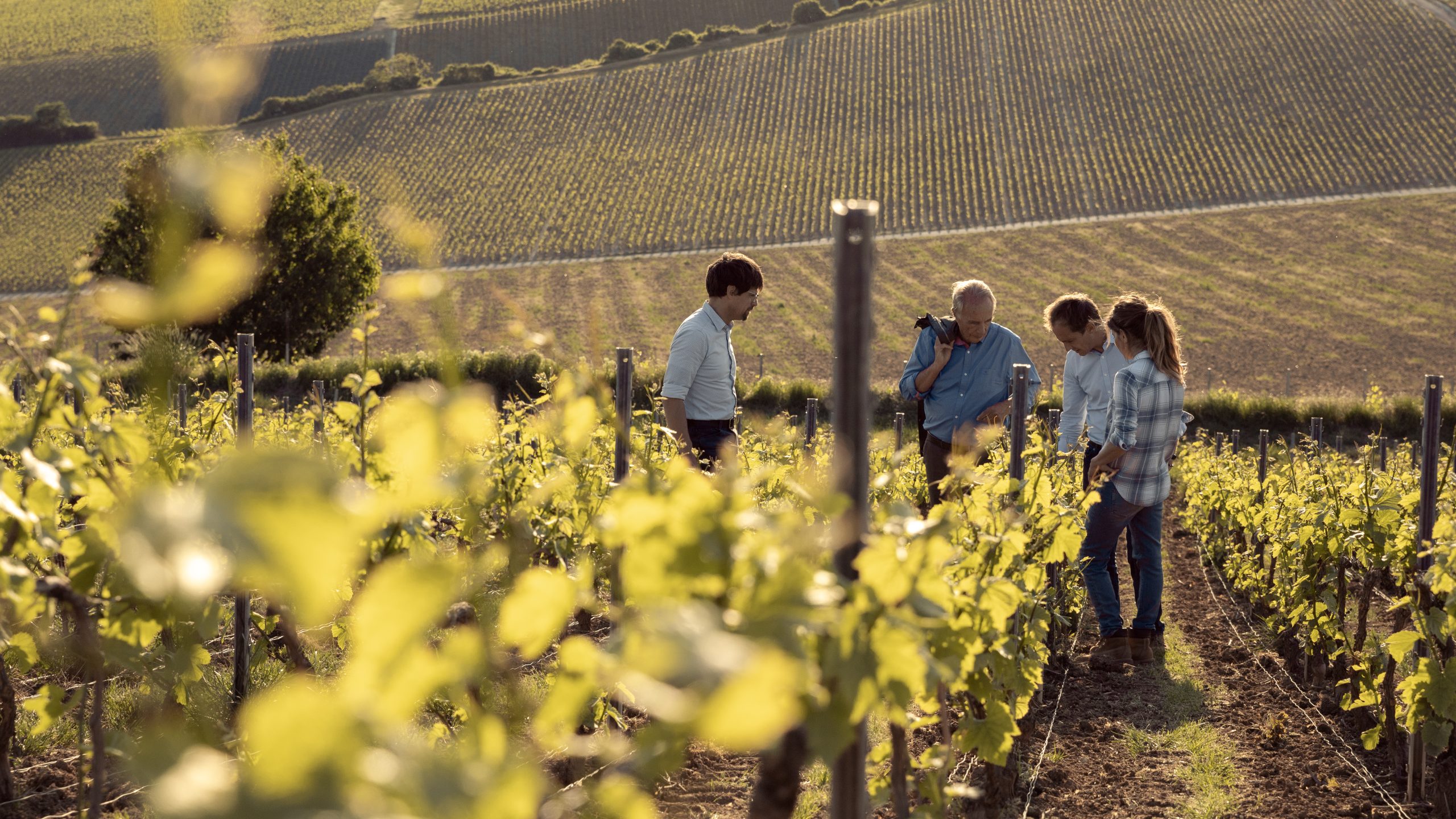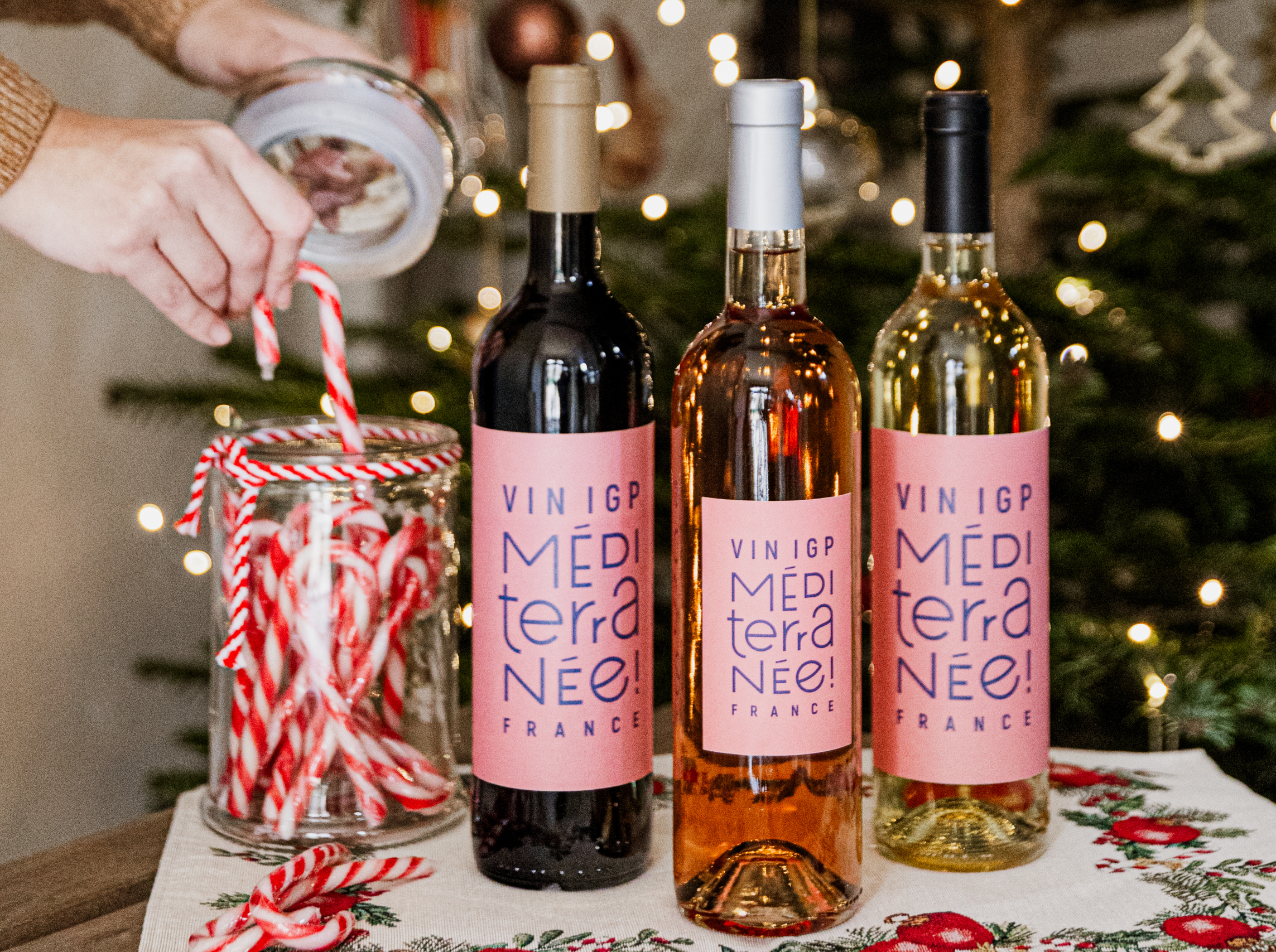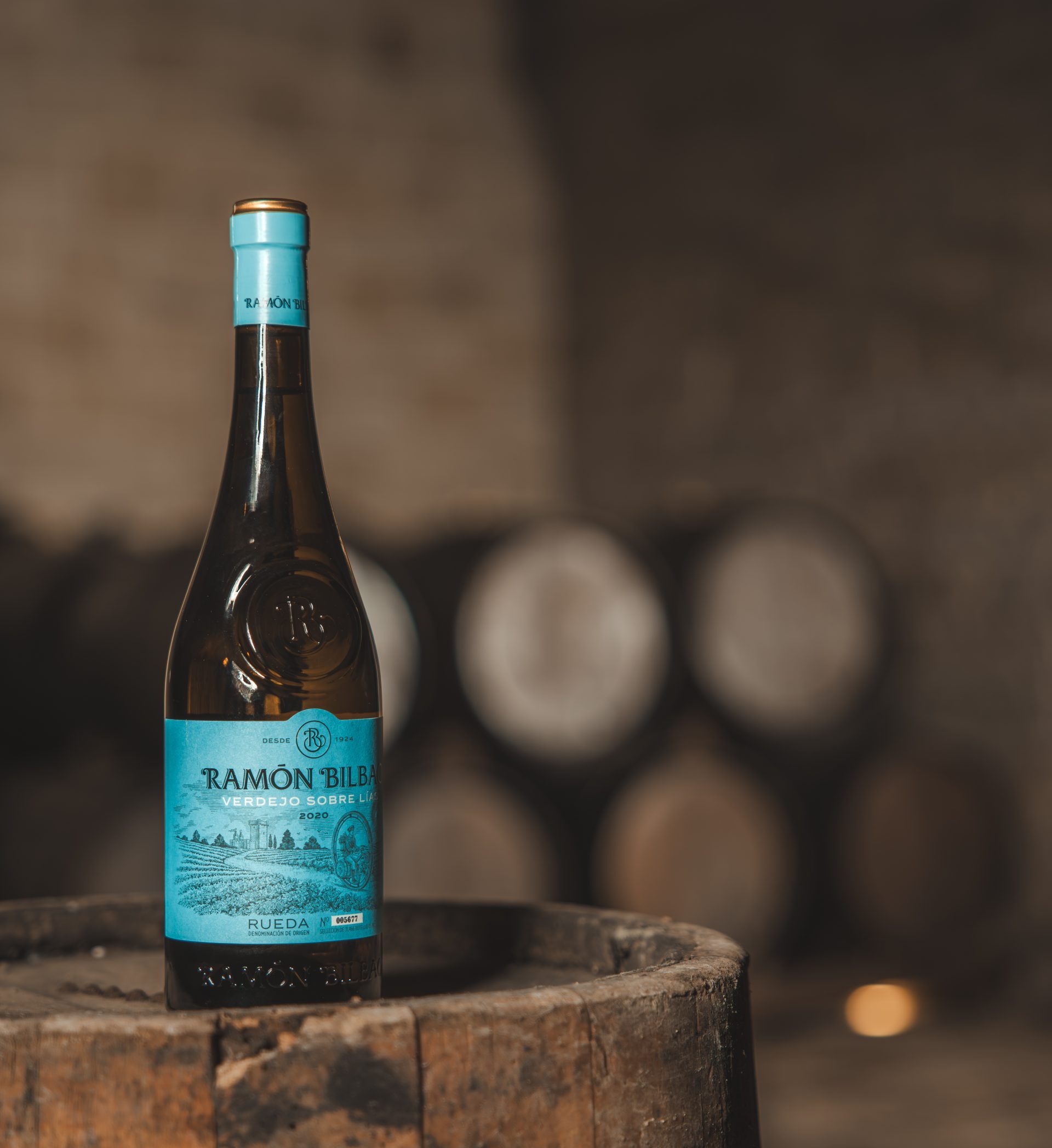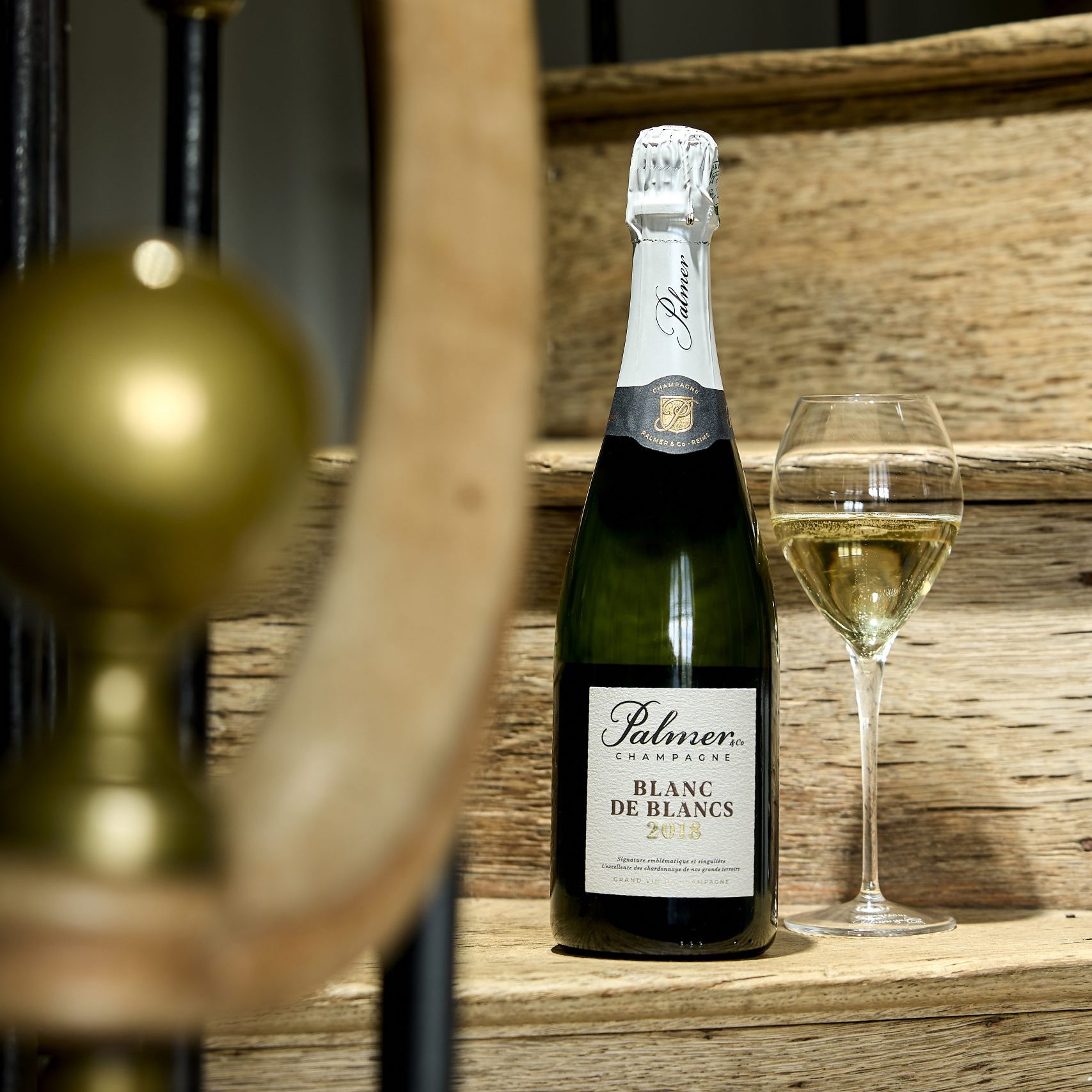How Argentine fizz is making its mark
Argentina is home to a wealth of sparkling wines, most of which don’t make it out of the country and are consumed by an eager domestic market. That’s changing, with ambitious producers working to grow exports of traditional method fizz, with an Argentine twist. With Valentine’s Day around the corner, it’s the perfect time to explore this sparkling wine region.
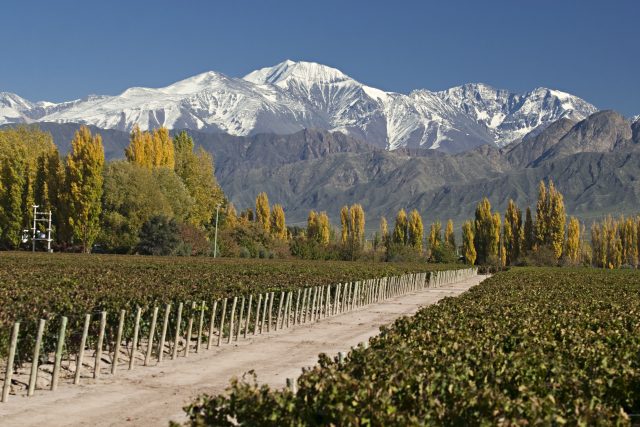
Sparkling wine accounts for around 3% of Argentina’s total wine production, and accounted for around 2% of its exports in 2021. The vast majority is consumed domestically, but exports of fizz have seen a steep rise in the past year, both in value and volume. Total exports of Argentine sparkling wine between January to December 2021 were worth US$17.9m, according to Wines of Argentina – a rise of 48% compared to the previous year. Volume also increased by 44%, reaching 4.3m litres. Argentina’s biggest export market is the US, followed by France, Chile, Brazil, Uruguay, Mexico and Ireland. While the UK is the 13th biggest importer of Argentine fizz. But competition on the international sparkling wine market is fierce. What can Argentina offer that’s different?
While much of its sparkling wine is made using the Charmat method, Argentina remains one of the few countries outside of Europe to produce traditional-method sparkling wines too. And it’s largely free from rules, meaning that producers have the freedom to innovate and experiment with non-traditional varieties including Criolla, Viognier, Petit Manseng, Semillon and Bonarda. They also have an abundance of Pinot Noir and Chardonnay, grown in high altitude, cool areas that, in contrast to many sparkling wine regions, are also dry and sunny.
The majority of wines are made in the Extra Brut style, and some Brut Nature, with some sweeter styles too made from aromatic varieties such as Torrontés. But broadly speaking winemakers are moving towards lower dosage styles, seeking out cooler sites for more freshness. Just as Malbec has benefited from Argentina’s exploration of terroir and higher-altitude sites, so too has Chardonnay and Pinot Noir.
“Argentina has great potential and there are several producers who have demonstrated the very high quality that can be achieved in Argentina when the work in the vineyard, the point of harvest and ageing come together,” says Matías Prezioso, President at Argentine Sommelier Association and partner at VinEsence, a consulting agency for exports. “Now it remains to start communicating that work and whenever an Argentine portfolio is presented abroad, not only place Malbec but add a bottle of sparkling wine too.”
Small but mighty
Sparkling wine has been produced in Argentina since the 19th century, but the first commercial bottles didn’t appear until the mid 20th century. Then, in 1959, Moët & Chandon founded a winery in Mendoza. The country experienced a sparkling wine boom in the late 1980s and domestic consumption rose. Today there are around 160 wineries producing sparkling wine in Argentina. Production is mostly centred in Mendoza, in Cuyo, the high-altitude Uco Valley, but also further south in Patagonia. Some of the biggest include Pernod Ricard, Bodegas Norton, Navarro Correas, Bodegas Toso, and Dante Robino, alongside Bodega Cruzat, Nieto Senetiner and Casa Bianchi. Champagne Mumm makes Argentine sparkling wine in San Rafael.

Navarro Correas began making sparkling wines in the 1970s, taking advice from Champagne Deutz. It produces a range of sparkling wines made from grapes grown in Tupungato in Mendoza’s Uco Valley, and Agrelo. Its Grand Cuvée is a traditional method sparkler made with Pinot Noir and Chardonnay that benefits from extended ageing on its lees. “Mendoza has four big valleys to produce sparkling base wines,” explains Alejandra Riofrío, winemaker at Navarro Correas.
“The east is hotter and produces a big part of them. The centre has warm days and cool nights. The west and south is cooler, which is key to retaining natural acidity especially for Chardonnay. This diversity is our main characteristic and benefit. Our biggest challenge is the weather. Each year we suffer from inclement weather such as hail, frost, zonda wind or excessive rain during the harvest.”
Cool south
But while the majority of fizz is made in Mendoza there’s plenty more being made elsewhere. There are sparkling projects on the eastern Atlantic in regions such as Chapadmalal where Pinot Noir is well-suited, and examples made from Tannat in Catamarca. In the warmer northern regions of Salta, you can find sparkling wines made with Torrontés. Producers like Amalaya are using altitude to produce slow-ripening grapes that retain their flavour and acidity.
Though one of the most exciting emerging regions for Argentine sparkling wine is further south in Patagonia’s Neuquén, Rio Negro and Chubut provinces. Casa Yagüe and Bodega Otronia are both experimenting with traditional method sparkling wines in Chubut, while Bodegas Malma and Bodega del Fin del Mundo are key producers of traditional method sparkling wines in Neuquen, alongside Familia Schroeder. Half of its production is dedicated to sparkling wines, which includes both traditional method and Charmat fizz made with Chardonnay, Pinot Noir and Torrontés.
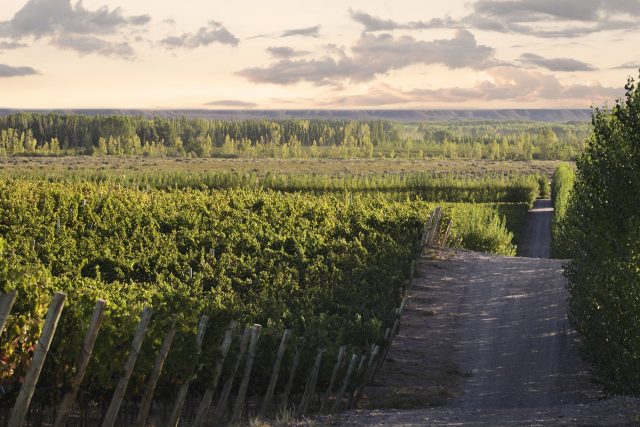
“The Patagonian region produces grapes with optimal acidity and PH for the production of sparkling wines,” says Leonardo Puppato, winemaker at Familia Schroeder. “This has to do with the thermal amplitude between day and night averaging 65°F in summer. In Patagonia we also have the required grape varieties in the right quantity for sparkling wines. Wineries are equipped with state of the art equipment capable of maintaining a very high standard of quality. The growing preference of consumers for sparkling wines from Patagonia has seen volume sales increase by more than 20% vs the past year, which encourages us to keep improving.”
Partner Content
Traditional method, alternative varieties
Smaller producers are making their mark too, growing in number and influence and innovating with longer ageing, different styles and alternative varieties. Most of Argentina’s sparklers are made from Chardonnay and Pinot Noir, some Semillon and Sauvignon Blanc, with many rosé sparklers using Malbec. But an increasing number of winemakers are making fizz from non-traditional grape varieties, including Bonarda, Viognier and Chenin Blanc.
Constanza Gaitieri, winemaker at Malpensado, focuses on the production of high-end, traditional method sparkling wines made with non-conventional grape varieties, including Pinot Grigio and Syrah. “We make small high-end jewels that are not repeated year after year,” she explains. “Among them is a Syrah Rose Brut Nature and an Extra Brut made with Roussanne and Marsanne, both with more than 35 months in the bottle.”
The use of native Criolla varieties for traditional method fizz is also growing, says Gaitieri. “A few years ago I found myself developing a project with the INTA (National Institute of Agricultural Technology) on the production of native varieties by traditional method, from which we obtained very good results,” she adds. “We believe this could be very important, as it could give greater identity to our sparkling wines, as has already been done in other countries such as Spain, France and Italy. The idea of the project is to study what kind of Criolla varieties are best suited to the traditional method.”
Pedro Rosell is oenologist at Bodegas Cruzat, which only makes traditional method fizz. Its 2014 Millésime Blanc de Blancs 2014 spends 80 months on lees. Rosell Boher, first founded in 1900 but restored in 1999, produces traditional method sparkling wines from grapes grown in the Uco Valley. Its Grand Cuvée 70 Meses – a blend of Pinot Noir and Chardonnay – is aged for 70 months on lees.
The rise of Pét Nat
Though the biggest trend in sparkling wine over the past 2-3 years has been the rise of Argentine Pét Nats (petillant Naturel), where a bottle is sealed in the middle of fermentation to capture the CO2, without filtering or adding sugar or yeast. The trick is capturing the right amount to ensure the right level of effervescence upon opening. “They aromatic and made with unconventional varieties for sparkling wine like Tempranillo, Macabeo or Criolla,” adds Riofrío.
“It’s cloudy and doesn’t have any added sugar or sulphites, and many are made under the biodynamic method.” In the past few years, more winemakers have been exploring this category, and interest among consumers, particularly a younger demographic, is growing, particularly in the US where sales of sparkling wines in the off-premise grew by 13% in the past two years (Nielsen). “The result is a wine with less fine bubbles, but more ‘wild’,” says Prezioso. “In Argentina, the name has not yet been approved by the National Institute of Viticulture, so they are legally identified as Frisante wines.”
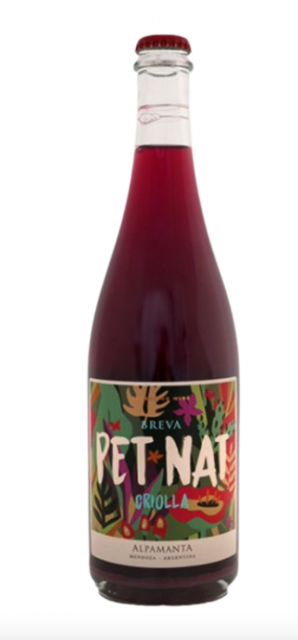
Examples include the biodynamic producer Alpamanta, which produces a Pét Nat from Criolla Grande under its Breva label. In 2020, Alma 4 released PHOS, a Pet Nat made from Pinot Noir from La Carrera in Tupungato, Mendoza. Traditional method sparkling specialists, Bodega Cruzat, also produced two limited release Pét Nats – a Chardonnay and a Pinot Noir Rosé – a marked departure from its usual style.
Other producers dabbling with Pét Nats include Chakana, whose Sobrenatural label is a blend of Tannat, Malbec and Syrah, and Krontiras, which has made a Pét Nat made from 100% Aglianico. Others include Pintom Pet Nat by Canopus, Kung Fu by Matías Riccitelli, Colonia Las Liebres by Altos Las Hormigas and Stella Crinita by Ernesto Catena.
Argentina’s approach to sparkling wines is evolving quickly and there is considerable room for expansion. A concerted focus on traditional method production, innovative styles, altitude and unconventional grape varieties has seen the quality of Argentine fizz rise sharply across the board. That, combined with a new generation of winemakers who are pushing the boundaries, and who benefit from greater international exchange, makes sparkling wine one of Argentina’s most exciting exports.
Related news
Behind the label: Alto Adige and the question of language

